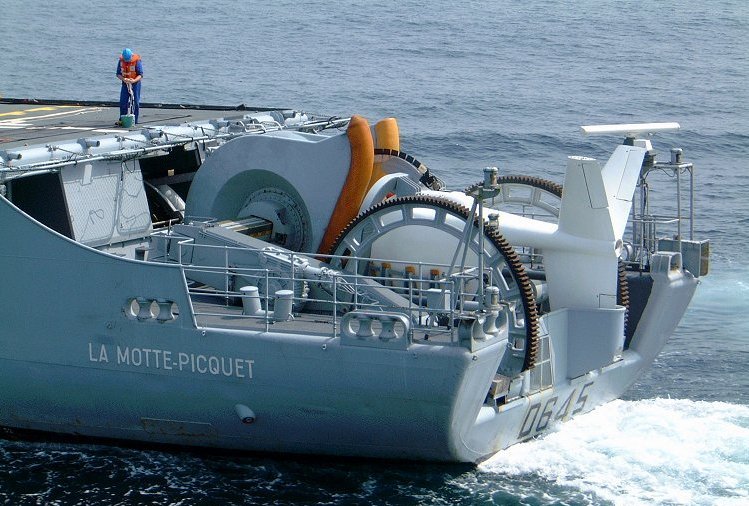|
Royal Naval Engineers
The Royal Naval Engineers is the branch of the Royal Navy responsible for engineering, as a branch they have existed since 1835. Naval engineers are in charge of the management and upkeep of ship-board machinery. Traditionally this included engines, motors, pumps and other mechanical devices, but modern engineers are now responsible for both mechanical systems and high-tech electronics such radar and sonar systems and nuclear-power plants. Ranking When the corps was first created, there were three ranks for engineers: First, second, and third. Over the years this ranking system has changed several times: * 1835 - First, second and third engineer. * 1847 - Inspector of machinery, chief engineer; assistant engineer. * 1886 - Chief inspector and inspector of machinery (r.adm and captain), fleet engineer (cdr), and staff engineer (senior lieutenant). * 1903 - Standard executive rank titles with an "engineer" prefix. * 1956 - "Engineer" prefix and rank branch distinction cloth remove ... [...More Info...] [...Related Items...] OR: [Wikipedia] [Google] [Baidu] |
Royal Navy
The Royal Navy (RN) is the naval warfare force of the United Kingdom. It is a component of His Majesty's Naval Service, and its officers hold their commissions from the King of the United Kingdom, King. Although warships were used by Kingdom of England, English and Kingdom of Scotland, Scottish kings from the early Middle Ages, medieval period, the first major maritime engagements were fought in the Hundred Years' War against Kingdom of France, France. The modern Royal Navy traces its origins to the English Navy of the early 16th century; the oldest of the British Armed Forces, UK's armed services, it is consequently known as the Senior Service. From the early 18th century until the World War II, Second World War, it was the world's most powerful navy. The Royal Navy played a key part in establishing and defending the British Empire, and four Imperial fortress colonies and a string of imperial bases and coaling stations secured the Royal Navy's ability to assert naval superior ... [...More Info...] [...Related Items...] OR: [Wikipedia] [Google] [Baidu] |
Radar
Radar is a system that uses radio waves to determine the distance ('' ranging''), direction ( azimuth and elevation angles), and radial velocity of objects relative to the site. It is a radiodetermination method used to detect and track aircraft, ships, spacecraft, guided missiles, motor vehicles, map weather formations, and terrain. The term ''RADAR'' was coined in 1940 by the United States Navy as an acronym for "radio detection and ranging". The term ''radar'' has since entered English and other languages as an anacronym, a common noun, losing all capitalization. A radar system consists of a transmitter producing electromagnetic waves in the radio or microwave domain, a transmitting antenna, a receiving antenna (often the same antenna is used for transmitting and receiving) and a receiver and processor to determine properties of the objects. Radio waves (pulsed or continuous) from the transmitter reflect off the objects and return to the receiver, giving ... [...More Info...] [...Related Items...] OR: [Wikipedia] [Google] [Baidu] |
Sonar
Sonar (sound navigation and ranging or sonic navigation and ranging) is a technique that uses sound propagation (usually underwater, as in submarine navigation) to navigate, measure distances ( ranging), communicate with or detect objects on or under the surface of the water, such as other vessels. "Sonar" can refer to one of two types of technology: ''passive'' sonar means listening for the sound made by vessels; ''active'' sonar means emitting pulses of sounds and listening for echoes. Sonar may be used as a means of acoustic location and of measurement of the echo characteristics of "targets" in the water. Acoustic location in air was used before the introduction of radar. Sonar may also be used for robot navigation, and sodar (an upward-looking in-air sonar) is used for atmospheric investigations. The term ''sonar'' is also used for the equipment used to generate and receive the sound. The acoustic frequencies used in sonar systems vary from very low ( infrasonic) to e ... [...More Info...] [...Related Items...] OR: [Wikipedia] [Google] [Baidu] |
Britannia Royal Naval College
Britannia Royal Naval College Dartmouth, also known as Dartmouth, is the naval academy of the United Kingdom and the initial officer training establishment of the Royal Navy. It is located on a hill overlooking the port of Dartmouth, Devon, England. Royal Naval officer training has taken place in Dartmouth since 1863. The buildings of the current campus were completed in 1905. Earlier students lived in two wooden hulks moored in the River Dart. Since 1998, BRNC has been the sole centre for Royal Naval officer training. History The training of naval officers at Dartmouth dates from 1863, when the wooden hulk was moved from Portland and moored in the River Dart to serve as a base. In 1864, after an influx of new recruits, ''Britannia'' was supplemented by . Prior to this, a Royal Naval Academy (later Royal Naval College) had operated for more than a century from 1733 to 1837 at Portsmouth, a major naval installation. The original ''Britannia'' was replaced by the in 1869, ... [...More Info...] [...Related Items...] OR: [Wikipedia] [Google] [Baidu] |

